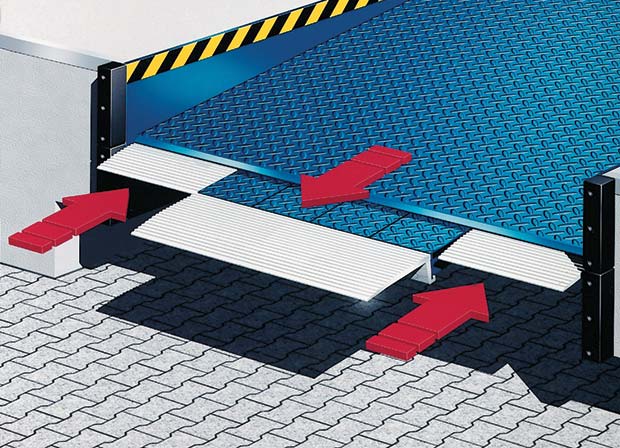Speed, safety and security… the “triple S factor”, is paramount for achieving warehousing and distribution efficiency. One often overlooked contributor to a successful operation is the role played by internal and external access points.

Allan Stockdale from ASSA ABLOY Entrance Systems, whose brands include Crawford Industrial Doors, Albany High-performance Doors, Megadoor Hangar Doors and Besam Pedestrian Doors, argues that getting the right solution in every entrance is a critical factor for success.
Speed
In today’s fast paced 24/7 logistics market, speed of operation is essential. Optimising throughput, from goods inward, put away, order picking to vehicle loading, is at the heart of the management challenge.
In a well-planned environment, doors are “invisible”, opening and closing smoothly to accommodate vehicle and pedestrian traffic. By contrast, doors operating too slowly, or that simply cannot cope with naturally occurring peaks and troughs during a shift, become a bottleneck and create unnecessary operational barriers.
The latest developments for loading bays address speed by optimising loading capacity. One innovative example is the new telescopic lipped dock leveller, the ‘Crawford Combidock’, designed with a retractable tongued lip, which can service both trailers and vans, changing at the flick of a switch. As operators move away from standardised bed heights, suppliers are looking to provide a solution for all, from a single bay. Expediting loading for mixed fleets, which may include double-deck, urban and trunk trailers, vans and 7.5tn vehicles, is topical. By focusing on removing the need for vehicles to queue for the ‘right dock’, you increase the number of loading bays available at any one time, shortening turn-around.
Safety
Every well run logistics centre measures “accident free days” or a similar KPI and safety of personnel is imperative. As well as the “human cost”, accidents are expensive, not just in terms of compensation and damage to reputation, but also through downtime.
Using doors to segregate and zone activity; ensuring they are not an obstruction to movement; minimising the chance of a collision; and taking extra care when foot traffic shares an entrance/exit with vehicular traffic, are important factors.
Security
It’s easy to forget that doors are primarily there to allow or restrict the movement of goods and people. Well-planned doors provide a barrier and checkpoint to authorise or refuse access. Leading companies can also ensure that they integrate seamlessly with a building-wide security system. Integration with “time and attendance” systems, as well as identification protocols, can be important in centres operating 24/7 shift patterns or with casual /contract labour.
Finally, don’t forget the other S factor… savings. Inefficiency is expensive. Considering the lifetime costs, potential heat/chill loss and the provision of planned, preventative maintenance and reactive service could all cut downtime: perhaps the single most costly problem for anyone in the distribution sector.




Comments are closed.